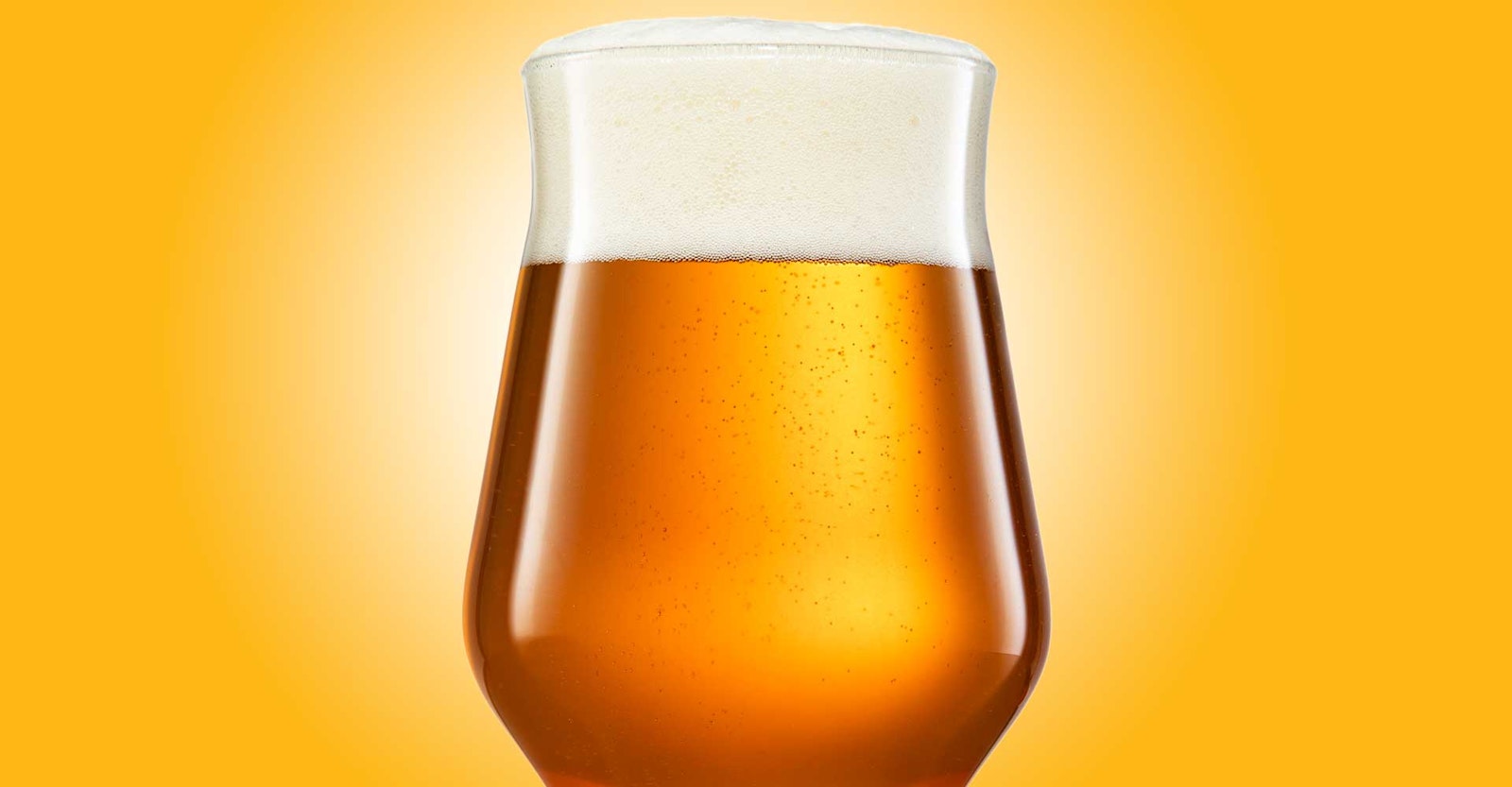IPL is really about making sure the “L” part—lager—is getting its due. If you’re going to justify a shift from ale to lager and think of it as a distinct style, then the defining characteristics shouldn’t just be “my IPA, minus some esters.” In that spirit, let’s dive in and brew something that’s clearly a lager—yet it also features hops in a way that doesn’t overwhelm the palate or the grist.
Style: So, what makes a lager a lager? We could go ’round and ’round on that one for days, I’m sure, but let’s take as our guiding light both the attributes of common lagers and the flavors produced by lager yeasts—because those do exist. While the hop character and bitterness of lagers can vary widely, common threads include low-intensity-but-still-present malt and a touch of atypical fermentation character. German pils, for example, tends to have clear grainy flavors and a touch of sulfur. Bohemian pilsner allows a bit of diacetyl and rich malt flavor, even while bursting with Saaz hop flavor. If we’re brewing an India pale lager, we should obviously feature hops—but we should also produce complex yet soft malts and a bit of fermentation character.
Ingredients: Again, this isn’t a leaner-than-lean, adjunct-lightened cold IPA; we want some malt here. Start with a 50/50 blend of Maris Otter and Munich. (However, if you want to go lighter in color and malt depth, swap in some pilsner for either or both.) Lighter layers of biscuit and Caramunich then add a richer light-malt flavor as a platform for the hops.
Speaking of hops: Use what you like, but I recommend you avoid excessively resinous, piney varieties in favor or more tropical and/or earthy ones. For a great balance, I love German Polaris for its alpha acids plus its pineapple and woodsy flavors, with only a touch of herbal balsam. I used to blend Northern Brewer with Amarillo or Citra to get a similar result, but more recently I’ve embraced this as a single-hopped Polaris beer. I aim for 45–50 IBUs, all going in at 30 minutes or later. However, feel free to get creative and blend hops that you love—just leave the pine tree at the door.
For yeast, I have a clear recommendation: the Wyeast Bavarian Lager strain. This strain won’t dry the beer out too much, leaving a prominent maltiness to co-exist with those big hops.
Process: In your water, consider a chloride addition to soften the profile and limit the sharpness of the bittering. If your water is especially hard, you can also dilute it with distilled or reverse-osmosis (RO) water. I don’t recommend dry hopping this beer; that can lead to grassy or resinous flavors that push the hops over the top. You can always increase the late hopping in later editions if you think you’re not getting the hop aroma/flavor you want.
In fermentation, go a tad warmer than you normally would for a lager—I like 55°F (13°C). This may produce a bit more fermentation character, but it will work with the ingredients while tripping those sense-memory triggers for “lager” in your brain.

